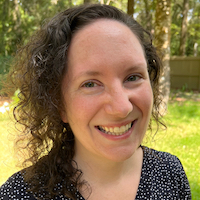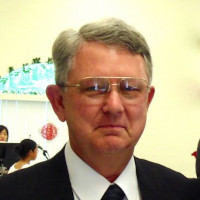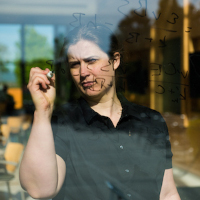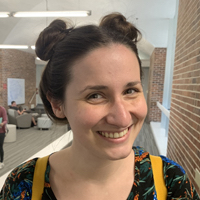
Ray Huffaker (UF/IFAS Agricultural and Biological Engineering)
368 Little HallEmpirical Nonlinear Dynamics: Reconstructing the Dynamics of Real-World Systems from Available Data This seminar presents an empirical dynamics approach that permits available data to ‘speak first’ regarding the nature of real-world processes generating them, and thus provides valuable guidance for subsequent modeling. This data-driven approach is compatible with the classic scientific method in which “ …








